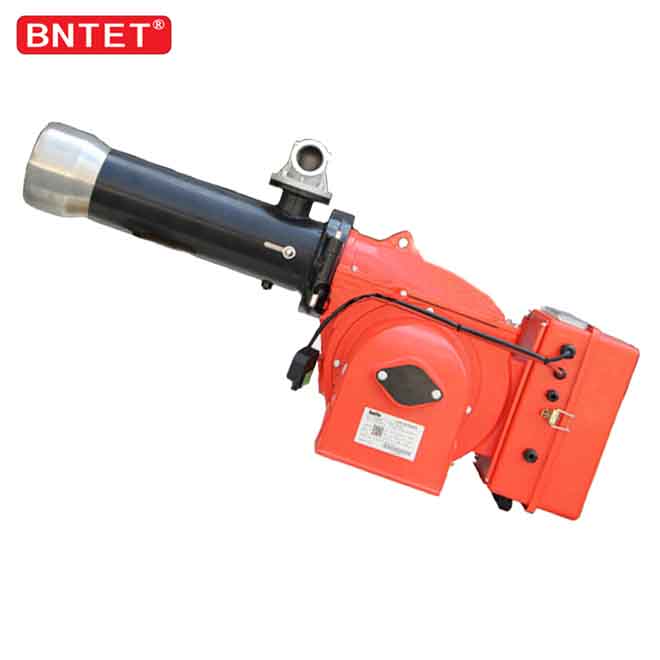- E-mail: [email protected]
- POffice Add:13th Floor, Building 16, National University Science Park,Zhengzhou,Henan,China
- Factory Add:No. 33 Xinhua Road,Xinmi,Henan,China
- +0086-156-3978-1876
- [email protected]



If alcohol oil is selected as the fuel, the alcohol oil-based burner can choose mechanical atomizing burner and medium atomizing burner according to the viscosity of the fuel. When the fuel is burned in the radiant chamber furnace of the internal combustion engine, high-temperature flue gas is generated as a heat carrier to flow to the convection chamber and is discharged from the chimney. The crude oil to be heated first enters the furnace tube of the convection chamber of the internal combustion engine. The temperature of the crude oil is generally 29. The convection chamber flue gas flow of the main heat obtained by the furnace tube passes through the convection mode, that is, the heat transfer mode that transfers from the outer surface of the furnace tube to the surface of the furnace tube, and at the same time transfers the convection mode of the crude oil flowing into the tube. The crude oil enters the furnace tube of the radiation chamber from the convection chamber. In the radiant chamber, the flame emitted by the burner mainly radiates part of the heat to the outer surface of the furnace tube, and the other part radiates to the wall surface of the furnace tube. The furnace wall radiates heat again to the outer surface of the fire side on the back of the furnace tube in a radiant manner. The radiant heat of these two parts work together to raise the temperature of the outer surface of the furnace tube and form a temperature difference with the inner wall of the furnace tube. Heat flows to the inner wall of the pipeline in a conductive manner, and the flow of crude oil in the pipeline continues to obtain heat from the inner wall of the pipeline in a convective manner to achieve the technical requirements for heating crude oil. The heating capacity of the gas burner depends on the intensity of the flame (furnace temperature), the surface area of the furnace tube and the total heat transfer coefficient. The stronger the flame, the higher the temperature in the furnace, the greater the temperature difference between the furnace and the oil flow, and the greater the heat transfer; the larger the contact area between the flame and the flue gas, the greater the heat transfer; the better the heat conduction performance of the furnace tube, the more reasonable the furnace body structure , The greater the heat transfer. By controlling the flame nozzle, the intensity of the flame can be adjusted. However, for a certain furnace structure, under normal operating conditions, the furnace temperature will not increase after reaching a certain value. The atomization method and basic working principle of the boiler gas burner, the total heat transfer coefficient of the furnace tube surface is certain for a furnace, so the heating capacity of each furnace has a certain range. In actual use, flame combustion and furnace tube coke will affect the heating capacity of the burner, so care must be taken to control the burner to make it burn completely, and prevent local furnace tube temperature from being too high and coke. . The road can be changed to methanol anticorrosive storage tank and pipeline.